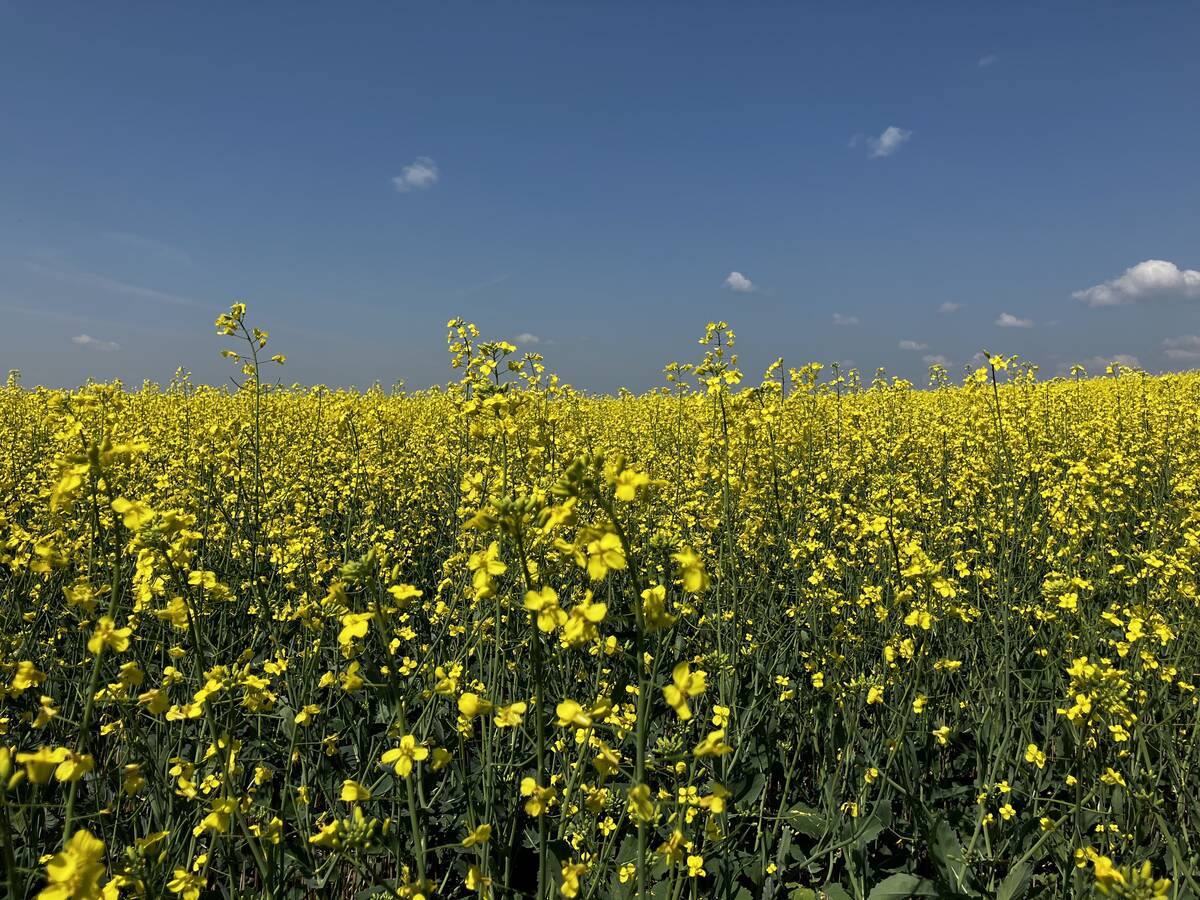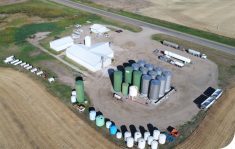Alberta’s 100-year-old system of sharing water may not be perfect, but it appears to accommodate most users’ needs.
The province issues licences specifying how much may be withdrawn each year.
The system is known as first in time, first in right (FITFIR) and has been criticized for being unfair.
However, Dave McGee of Alberta Environment told the Alberta Irrigation Projects Association annual meeting in Calgary Feb. 16-18 that first in time, first in right is not the letter of the law, and water can be transferred and shared rather than hoarded.
Read Also

Political parties condemn tariffs
Political leaders across party lines are demanding immediate action from Ottawa in light of China’s new tariffs against Canadian canola.
“In our allocation system, all allocations have to succeed,” said McGee, who is responsible for implementing the South Saskatchewan River Basin allocation.
“Success is managing the risk that shows up at certain times of the year.”
Cutting off licence holders during a period of shortage does not work.
“If we can’t make water flow continuously, it does not matter if it doesn’t add up at the end of the year,” he said.
In 2001, about 200 licence holders in southwestern Alberta shared limited water during a severe drought, which resulted in everyone receiving about 60 percent of their normal allocation and no one being cut off.
Calgary environmental lawyer Barry Robinson, who works for Eco Justice, said there are better ways to share.
“We know when water is in short supply we are going to abandon
FITFIR. Every time water is in short supply, are we going to count on co-operation?” he said.
Robinson said water use should be split into three pools for agricultural, municipal and industrial use.
Water managers would calculate how much is available each year and then share it among the pools. The absolute amount to be received would vary according to available water that year.
He said it’s not fair to set priorities for water by the date the licence was issued.
On the Sheep River, for example, the town of Turner Valley has a 1999 licence while the Burnco Rock Products licence was issued in 1980 and the Darcy Ranch golf course at Okotoks has a 1964 licence.
“If there is a shortage, does the golf course get water over the municipality?” he said.
But environmental lawyer Richard Jones argued the system does work.
“FITFIR provides an objective standard as to when you will get water and it has been done without litigation,” he said.
In the United States disputes over water rights sometimes go to litigation that can drag on for years.
Provincial legislation sets out three priorities with domestic use being the highest followed by agriculture and industry.
The system has existed for a long time and has been recognized by Alberta courts as a key aspect of water management for more than 100 years.
First in time, first in right has its roots in Roman law and English common law. The same concept is used when issuing patents or trademarks.
“It is not a strange anachronism applied to water. What it gives us is certainty,” Jones said.
While some groups advocate getting rid of this system, Jones said it could be costly.
Irrigation producers would have to be compensated for lost productivity if the government took water away from them, he added.

















